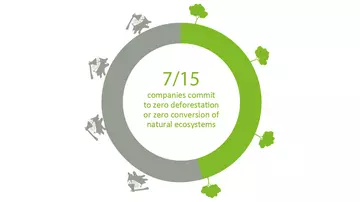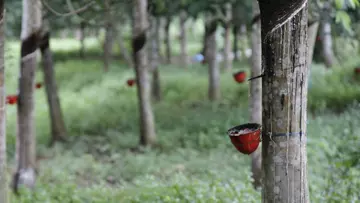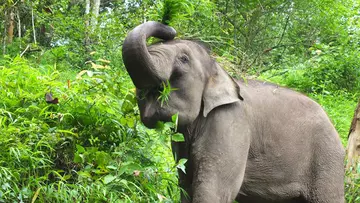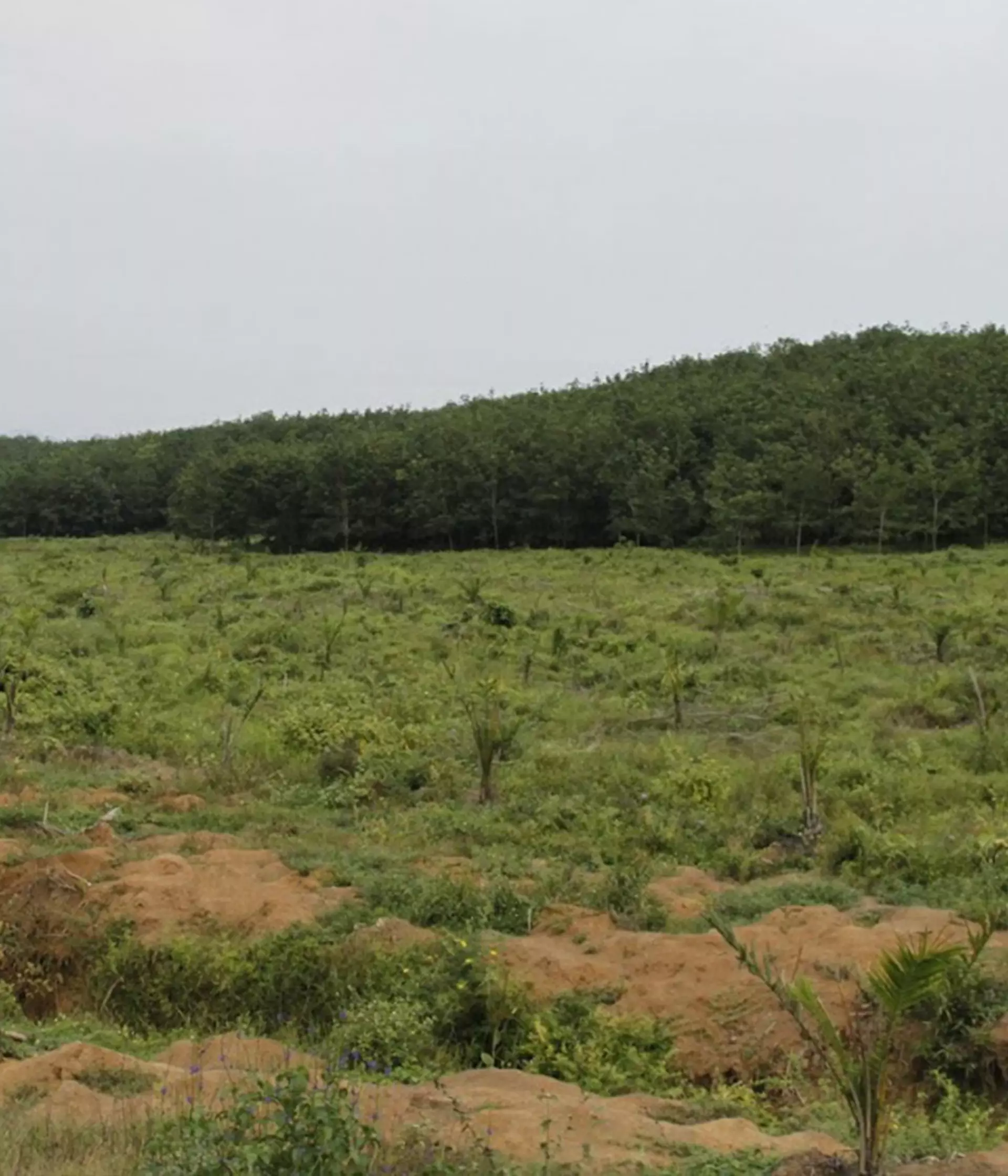
Rubber sustainability
World-first analysis of natural rubber producers by SPOTT reveals transparency issues across sector.
Used in everyday products, such as tyres, yoga mats, shoes and condoms – global natural rubber production is lacking the transparency and subsequent sustainability commitments to protect both people and wildlife.

That is the finding of the world’s first analysis of the natural rubber industry undertaken by our SPOTT (Sustainability Policy Transparency Toolkit) team – who have assessed 15 of the most significant natural rubber companies and calculated an average score of just 35%.
Unlike other industries such as palm oil or timber, which have received extensive external pressure to improve sustainability, natural rubber is often overlooked. This is due to 85% of the global supply being produced by smallholders made up of local people cultivating small patches of land, unable to absorb the costs associated with moving towards more sustainable practices.
Supporting sustainable business
Rubber industry transparency
SPOTT assessed 15 producer and processor companies (representing 13.5% of the global land used by the sector) against 120 transparency indicators. The analysis, published today, found an average score of 35%. This is not dissimilar to other industries such as palm oil and echoes the call from many conservation organisations that more must be done by companies – if they’re to improve sustainability of their industries and limit their impact on wildlife.
Furthermore, though companies have committed to some environmental, social or governance (ESG) policies, far fewer report any evidence of implementing them: 11 out of 15 (73%) have committed to conserving biodiversity, while only 4 out of 15 (27%) report identifying species of conservation concern and only 7 out of 15 (47%) provide examples of species or habitat conservation management. Identifying endangered species on company land is often the first step to understanding how to better protect them.

Eszter Wainwright-Deri, ZSL’s SPOTT Research Coordinator, said: “After the successful application of our SPOTT model to the palm oil and the timber and pulp sectors, we have expanded to cover rubber production due to the effects the sector is currently having on wildlife and people across Asia.
“As 85% of the world’s natural rubber is produced by smallholders, it’s important for companies to not only focus on the sustainability of their own operations, but also support all their suppliers – including smallholders. Though a good portion of companies are aware of this, only 4 out of 14 (29%) provide any information or evidence of how they’re currently engaging or assessing them. This is vital if we want to make sure the natural rubber sector as a whole – including smallholders – becomes more sustainable.”
Made from the latex sap of the rubber tree (Hevea brasiliensis), a tropical tree native to Latin America, natural rubber is mainly cultivated in the tropical regions of Asia, with six countries providing 95% of the global production, including Thailand, Indonesia, Malaysia, Vietnam, India and China - covering almost 12 million hectares.
Rapid expansion of large-scale natural rubber monocultures in southeast Asia over the past three decades has resulted in natural forests, rich in wildlife, being converted to make way for rubber trees, impacting the habitat of threatened wildlife such as silvery langurs (Trachypithecus cristatus) and Asian elephants (Elephas maximus).

Mainly used by the medical and automotive industries – with 75% of natural rubber used for tyres – manufacturers established the Global Platform for Sustainable Natural Rubber in 2017. An initiative whose impact has been made clear as the analysis showed 5 out of 15 companies scored an average of 48.7% compared to 27.8% for non-GPSNR member companies. As a member, we support its vision and participate in setting the agenda for Sustainable Natural Rubber.
Stefano Savi, Director of GPSNR, said: “The Global Platform for Sustainable Natural Rubber is working to improve respect for human rights, prevent land-grabbing and deforestation, protect biodiversity and water resources, improve yields, and increase supply chain transparency and traceability. Transparency is a key focus for the GPSNR, because it is fundamental for achieving a sustainable value chain in any commodity sector and natural rubber is no exception. Tracking transparency can provide an important incentive for companies to improve and uphold their sustainability commitments.”
Join us on our journey protecting life everywhere by signing up to our conservation updates. You will receive updates from across the globe as we drive forward a journey of recovery for the planet, to restore the wonder and diversity of life everywhere.
